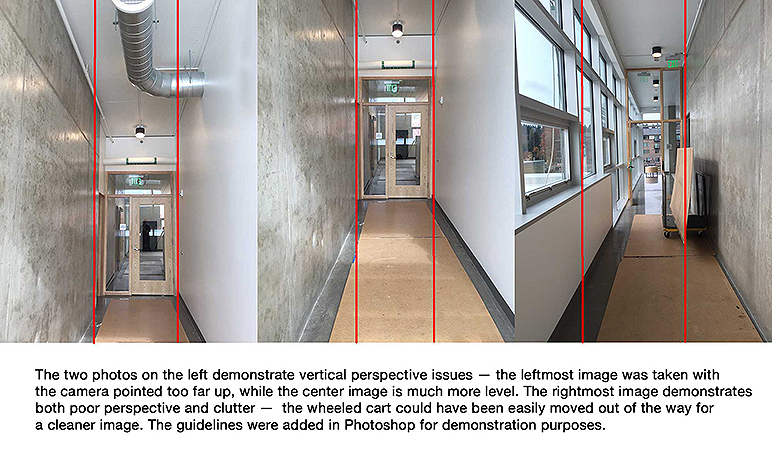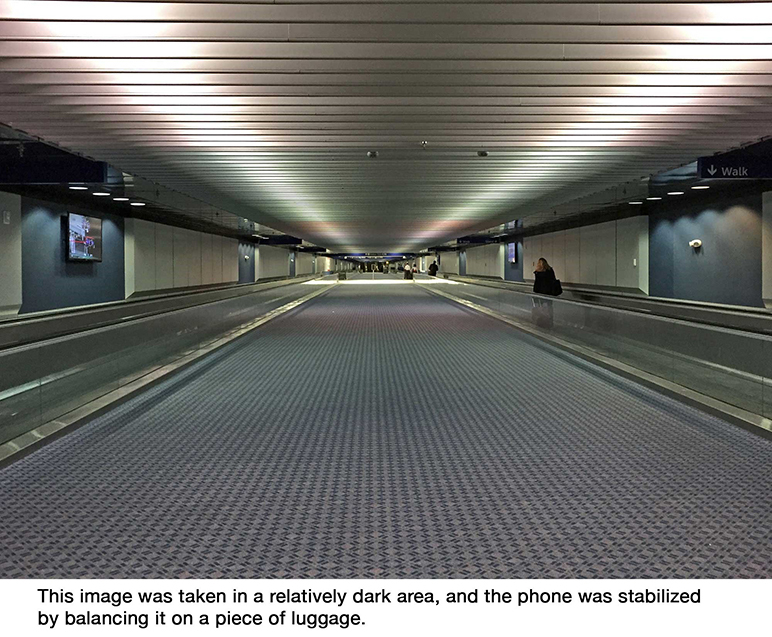This week, we invited a guest blogger who happens to be an architectural and commercial photographer. Francis Zera has worked with local construction companies and A/E/C professionals who need high quality building photos for web portfolios and business proposals. He is familiar with the challenges we face when photographing projects in progress or when buildings are officially opened for occupancy. Since he is a teacher - and gracious person in general - Francis is giving us a few helpful tips on how to bring out the “professional smartphone photographer” in all of us when we are out on our next site visit.
The best camera for a given situation is often the one that you happen to have with you - the one that came with your cell phone. A friend of mine is fond of saying he has a camera that also makes phone calls.
The tips I’m about to share are platform agnostic, and are geared toward taking better documentary photos of your construction projects. They’re suitable for just about any small camera.
1. Slow down. Taking a decent photo requires a modicum of deliberation.
2. Turn off that flash. Seriously. It’ll usually make your photos look awful. A cell phone camera’s flash is a pinpoint light source that falls off very quickly; you’ll end up with a very unpleasant spotlight effect even in a small room.
3. Consider the content of the image. What are you trying to capture? What are you trying to get across to the viewer? What are the important elements in the photo? How much stuff is in the way of the important elements? Can any of it be moved? Construction sites are often very cluttered; sometimes you’ll need to move some things out of the way.
4. Now you can worry about composition. Are there angles or lines in the scene that you can use to guide the viewers’ eyes toward the primary point of interest?

5. Level the horizon. Nothing says “I took this while walking” than a horizon line that stretches from corner to corner.
6. Watch the vertical lines. Tip the camera back and forth vertically to get things squared up.

7.Steady your camera in great light conditions. Take the time to hold the camera steady and vertical. If you pull in your arms such that your elbows are pressed against your torso, you’ll have a much more stable shooting platform than if you hold the camera at arm’s length.

8. Really steady your camera in poor light conditions. If it’s a dark space (remember that I said no flash?), balance the camera on something solid - a table, a steady stack of boxes or pallets, or press it to the side of a column or post. Hold your breath just before you press the shutter button, and keep holding it until the photo appears on the screen. You can do it; it’ll be typically much less than a second of exposure time and the camera will be steadier for the effort.
9. Try an accessory. Consider getting a tripod adapter for your phone (there are lots of options out there that Google will gladly help you find) and an inexpensive tabletop tripod. Those tripods are often a tiny bit unsteady, so use the camera’s self-timer function to delay the shutter opening for a few seconds to allow the camera to settle after you’ve hit the button.
10. Try a special feature. Some cameras also have a setting that adds a grid-line overlay to the view screen, which is really handy for helping to get the scene’s vertical and horizontal elements lined up.
And there you have it — all it takes is to slow down, compose well, and use a steady hand.
Francis Zera is a Seattle-based architectural and commercial photographer. He currently serves as education chair at ASMP Seattle/NW, teaches architectural photography and business at the Art Institute of Seattle, and holds an M.A. Ed. in adult education and training. You can check out his work at zeraphoto.com and follow him on Twitter and on Instagram.


